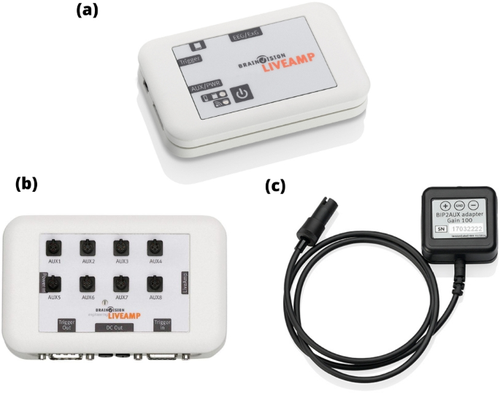Information Systems Frontiers ( IF 5.9 ) Pub Date : 2024-04-12 , DOI: 10.1007/s10796-024-10484-z Andrea Apicella , Pasquale Arpaia , Simone Barbato , Giovanni D’Errico , Giovanna Mastrati , Nicola Moccaldi , Ersilia Vallefuoco , Selina Christin Wriessnegger

|
Three levels of fear of heights were detected in subjects with different severities of acrophobia, based on the electroencephalographic (EEG) and electrocardiographic (ECG) signals. The study aims to demonstrate the feasibility of a data-fusion-based method for real-time assessment of the fear of heights intensity to integrate into adaptive Virtual Reality Exposure Therapy for acrophobia. The generalization performance of classification tasks on fear states is improved by exploiting both trait-based clustering and Domain Adaptation methods. Participants were gradually exposed to increasing height levels through a Virtual Reality (VR) scenario representing a canyon. The initial severity of fear of heights, the level of distress at each height, and the anxiety level before and after the exposure were assessed through the Acrophobia Questionnaire, the Subjective Unit of Distress, and the State and Trait Anxiety Inventory, respectively. The Simulator Sickness Questionnaire was administered to exclude possible motion sickness interference in the experiment. The EEG and ECG signals were acquired through a 32-channel headset and 1 Lead ECG derivation during the exposure to the eliciting VR scenario. Four classifiers (i.e. Support Vector Machines, Deep Neural Networks, Random Forests, and k-Nearest Neighbors) were adopted in the experimental environment. Preliminary tests were performed in a within-subject experiment, achieving the best classification accuracy of \(87.1 \% \pm 7.8 \%\) with a Deep Neural Network. As the cross-subject approach is concerned, three strategies, namely Domain Adaptation (DA), data fusion (combining EEG with ECG), and participant clustering (based on the acrophobia severity), were evaluated. DA resulted in the most effective strategies by determining an improvement of more than 20 % in classification accuracy. Random Forest performed the best classification accuracy for the severe acrophobia cluster with a mean of \(63.6 \%\) and a standard deviation of \( 13.4 \%\) over three classes by exploiting Stratified Normalization.
中文翻译:

基于EEG和ECG的VR环境中恐高症分类的域适应
根据脑电图(EEG)和心电图(ECG)信号,在不同严重程度的恐高症受试者中检测到三个级别的恐高症。该研究旨在证明基于数据融合的方法的可行性,该方法可实时评估恐高症强度,并将其纳入针对恐高症的自适应虚拟现实暴露疗法中。通过利用基于特征的聚类和域适应方法,提高了恐惧状态分类任务的泛化性能。通过代表峡谷的虚拟现实 (VR) 场景,参与者逐渐接触到不断增加的高度。分别通过恐高症问卷、主观痛苦单位以及状态和特质焦虑量表评估恐高症的初始严重程度、每个高度的痛苦程度以及暴露前后的焦虑水平。进行模拟器晕动病问卷调查是为了排除实验中可能出现的晕动病干扰。在暴露于诱发 VR 场景期间,通过 32 通道耳机和 1 导联 ECG 导出获取 EEG 和 ECG 信号。实验环境采用了四种分类器(即支持向量机、深度神经网络、随机森林和k近邻)。在受试者内实验中进行了初步测试,使用深度神经网络实现了\(87.1 \% \pm 7.8 \%\)的最佳分类精度。就跨主题方法而言,评估了三种策略,即领域适应(DA)、数据融合(将脑电图与心电图相结合)和参与者聚类(基于恐高症严重程度)。 DA 确定了分类准确度提高了 20% 以上,从而得出了最有效的策略。随机森林通过利用分层归一化,对严重恐高症簇执行了最佳分类准确度,平均值为\(63.6 \%\),标准差为\(13.4 \%\)在三个类别中。



























 京公网安备 11010802027423号
京公网安备 11010802027423号